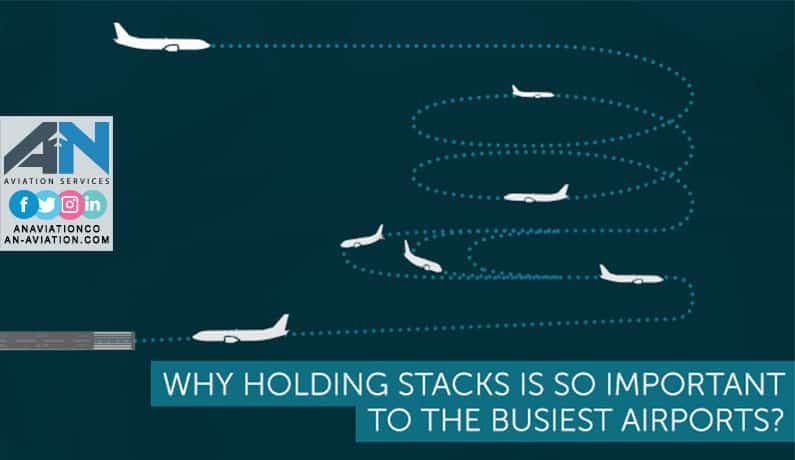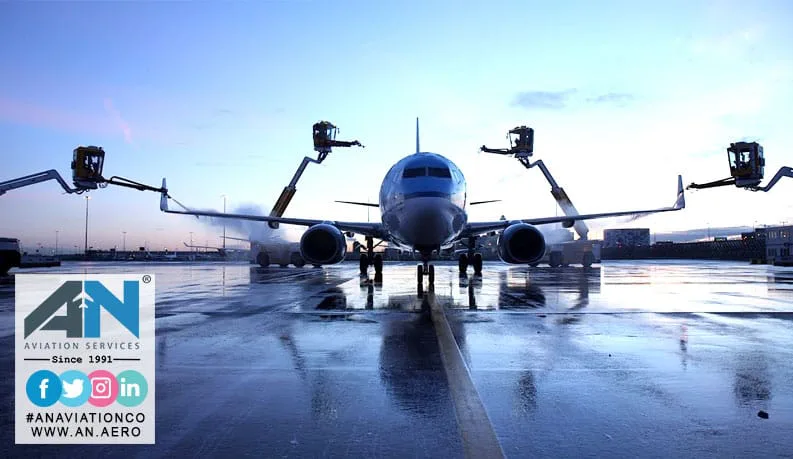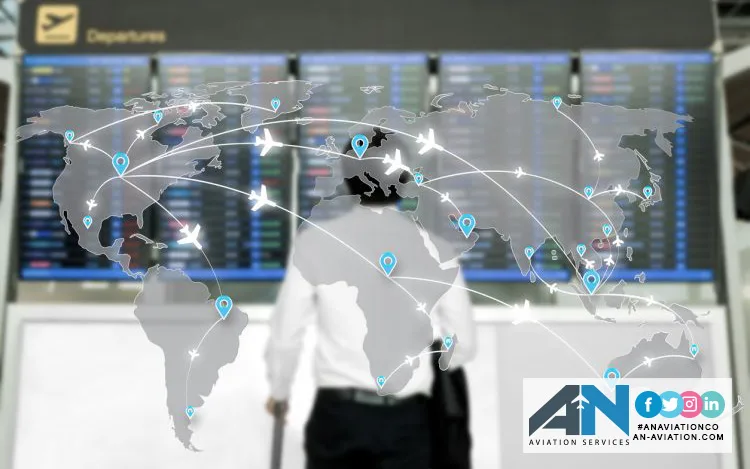
In the world of aviation, precise coordination is essential to ensure that aircraft move safely on the ground. Aircraft marshalling is a key part of this coordination, providing a crucial means of communication between pilots and ground crews, especially in areas where radio communication is limited or challenging. Whether in busy airports or smaller airfields, aircraft marshalling is indispensable for directing and guiding aircraft, making sure they park, taxi, and take off without incident.
This article explores the fundamentals of aircraft marshalling, how it works, the tools and gestures involved, and why it remains a vital part of aviation operations.
Understanding Aircraft Marshalling: A Visual Language
Aircraft marshalling is a method of guiding aircraft on the ground using hand signals, often performed by a ground crew member known as a marshaller. This process is essential, particularly in situations where pilots need to maneuver in tight spaces, such as taxiing into a parking spot or aligning with the jet bridge for passenger boarding.
The marshaller, standing in view of the cockpit, uses standardized hand signals to communicate instructions to the pilot. These signals direct the aircraft on where to stop, when to turn, and how far to proceed. By following these cues, pilots can safely position the aircraft without the risk of collision or damage.
Marshalling can be considered a universal “visual language” in aviation. To maintain consistency and prevent miscommunication, aircraft marshalling gestures are standardized internationally, following guidelines established by organizations like the International Civil Aviation Organization (ICAO). This standardization ensures that regardless of where a pilot or marshaller is trained, they can understand and execute the commands precisely, enhancing safety across global aviation.
Why Is Aircraft Marshalling Necessary?
Aircraft marshalling is essential because of the complexity and potential hazards involved in moving large aircraft on the ground. Airports can be busy, crowded places with limited visibility, especially near terminal gates, hangars, and taxiways. At many airports, the layout or ground obstacles make it challenging for pilots to see the exact path they need to follow. Here, marshallers provide the guidance necessary to navigate safely and efficiently.
Marshalling is also vital when radio communication is restricted or unavailable. This might occur in smaller airports or in cases where pilots and ground crews cannot establish clear radio contact. In such scenarios, marshalling hand signals become the primary means of guiding an aircraft.
Additionally, during adverse weather conditions, such as heavy rain or fog, the marshaller’s presence provides an extra layer of safety. The use of visual signals ensures that pilots have clear, understandable instructions, which reduces the risk of miscommunication that could lead to ground accidents.
The Role of a Marshaller
A marshaller’s job requires not only knowledge of standard marshalling signals but also an understanding of the specific airport layout and situational awareness. Marshallers are responsible for the safe movement of aircraft within designated zones and must have a clear view of the aircraft’s path. Typically, marshallers stand in front of the aircraft, within the pilot’s line of sight, where they use hand-held paddles or illuminated wands (in low-visibility conditions) to communicate their signals.
The marshaller’s instructions start as the aircraft approaches the gate or hangar, guiding it precisely to the stopping point. Once the aircraft is positioned correctly, the marshaller will signal the pilot to engage the brakes, completing the taxiing procedure. In addition to guiding the aircraft to a safe parking spot, marshallers also signal when the engines can be shut down, which marks the end of the aircraft’s taxi phase.
The marshaller’s role is especially critical when handling larger aircraft, which have limited visibility from the cockpit, and in congested areas where multiple aircraft or ground vehicles may be present. By facilitating smooth and safe ground operations, marshallers contribute significantly to the overall efficiency of airport operations.
Standard Marshalling Signals: The Basics
The hand signals used in aircraft marshalling are standardized to ensure that both pilots and ground crew members understand each other clearly, no matter where they are in the world. Some of the basic hand signals include:
- Come Forward: This signal directs the aircraft to move forward. The marshaller stands with both arms bent at the elbows and waves their hands inward, signaling the pilot to approach.
- Turn Left/Turn Right: To indicate a left or right turn, the marshaller raises one arm straight up to indicate the side that should remain stationary while waving the opposite arm in the desired direction.
- Stop: The stop signal is given by holding both arms out in a cross formation. This instructs the pilot to bring the aircraft to a halt.
- Chocks Inserted/Removed: Chocks are wedges placed under the aircraft wheels to prevent accidental movement. The marshaller signals for chocks to be inserted by holding both hands in front of them with fists clenched and thumbs pointing down. For removal, thumbs are pointed up.
- Engine Shutdown: To signal engine shutdown, the marshaller moves a hand across their throat, indicating that it’s safe to turn off the engines.
These are just a few examples of marshalling signals, but each one is designed to be clear and intuitive. By using these standardized signals, marshallers and pilots can communicate without words, reducing the chances of misunderstanding.
Special Tools in Aircraft Marshalling
While hand signals are essential, aircraft marshalling often involves specialized tools to enhance visibility and communication. For example, marshallers commonly use paddles or wands—brightly colored or illuminated sticks that make signals more visible, especially in low-light or poor weather conditions. During nighttime or in low-visibility conditions, these illuminated wands are crucial for ensuring that pilots can see the signals clearly.
In addition to paddles and wands, reflective vests are standard gear for marshallers to increase their visibility on the tarmac. This is particularly important in busy airports where numerous ground vehicles and personnel are operating in the same space. High-visibility gear helps prevent accidents and ensures that marshallers are easily identifiable by pilots and other ground crew members.
The Safety Importance of Marshalling in Aviation
Aircraft marshalling plays a significant role in maintaining safety standards on the ground. Miscommunication during taxiing or parking can lead to accidents, sometimes resulting in costly damage to aircraft or injuries to ground crew. By providing clear, precise instructions through universally understood signals, marshallers help prevent such incidents.
Marshalling is particularly important when aircraft need to maneuver around obstacles, such as other planes or ground support vehicles. The marshaller’s instructions ensure that the aircraft remains at a safe distance from these obstacles, reducing the risk of collisions. In some cases, marshallers also coordinate with other ground personnel, such as ramp agents and baggage handlers, to ensure that ground operations run smoothly and safely.
Moreover, marshalling is essential for emergency situations. If an aircraft needs to be evacuated on the tarmac, the marshaller can guide emergency responders to the aircraft or help coordinate the safe movement of passengers and crew. By understanding and executing marshalling signals effectively, pilots and ground crews alike can contribute to a safer, more efficient aviation environment.
Conclusion: The Unsung Heroes of Ground Operations
Though often overlooked, aircraft marshalling is an integral part of aviation operations. The marshallers on the tarmac are, in many ways, the unsung heroes of aviation, ensuring that aircraft navigate the busy environment of an airport safely and efficiently. Through a combination of standardized hand signals, specialized tools, and a deep understanding of airport layouts, marshallers provide crucial support to pilots as they move through areas with limited visibility or potential hazards.
The next time you see someone in a reflective vest guiding an aircraft with precision on the ground, remember that their role goes beyond waving their arms. They are ensuring that each flight begins and ends safely, contributing to the seamless operation of the aviation industry. In a world where timing, precision, and safety are paramount, aircraft marshalling remains a critical and invaluable function within the complex ecosystem of air travel.
















